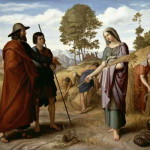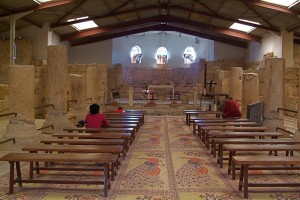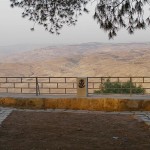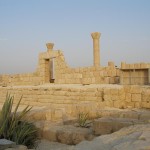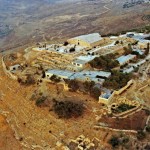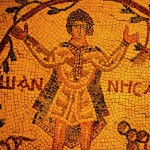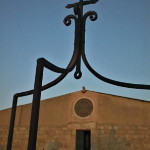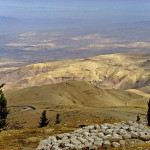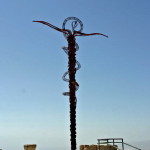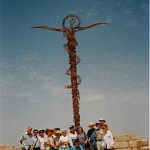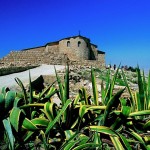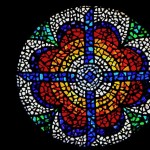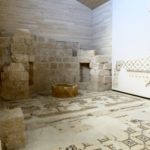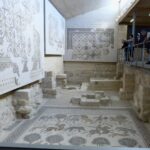West Bank
The romantic story of the Moabite woman Ruth, who is remembered for one of the most celebrated statements of devotion in the Old Testament, is linked to a field near Bethlehem.
The Field of Boaz is east of the Palestinian town of Beit Sahour, in the fertile plain that descends to the Dead Sea. Now increasingly hemmed in by buildings, it lies in a shallow valley north of the Shepherds’ Field Greek Orthodox Church.
As the Book of Ruth recounts, Ruth was a daughter-in-law of Naomi, a Bethlehem woman who had gone with her husband and two sons to the land of Moab (east of the Dead Sea) to escape a famine.
Naomi’s husband died and her sons married Moabite women. Then, after about 10 years, both of the sons died.
Ruth’s devotion was rewarded
Naomi decided to return to Bethlehem, but she urged her daughters-in-law to stay in their homeland of Moab. One of them, Ruth, insisted on going with Naomi.
Ruth said: “Where you go, I will go; where you lodge, I will lodge; your people shall be my people, and your God my God. Where you die, I will die — there will I be buried . . . .” (Ruth 1:16-17)
Ruth’s devotion was to find its reward. The two women reached Bethlehem as the barley harvest was beginning. So they would have food to live on, Ruth went to the fields to pick up barley the reapers had left behind for the poor, a practice known as gleaning.
The field she went to was owned by a rich landowner named Boaz, who was kind to her because he had heard of her loyalty to Naomi.
Eventually Ruth and Boaz married and Ruth gave birth to Obed. He became the father of Jesse, who was the father of King David — forefather of Joseph, the foster-father of Jesus Christ. Thus the faithful Ruth was an ancestor of Jesus.
Today, Ruth’s memorable words of devotion to her mother-in-law, “Where you go, I will go . . . .” are used in some marriage services.
Other sites in the Bethlehem area:
Church of St Catherine of Alexandria
In Scripture:
Ruth and Naomi: Ruth 1:1-22
Ruth meets Boaz: Ruth 2:1—4:17
- Cultivated area in Field of Boaz (© Lissa Caldwell)
- Beit Sahour with Jordan in the background (© Lissa Caldwell)
- Ruth on the Field of Boaz, by Julius Schnorr von Carolsfeld, 1828 (National Gallery, London)
- Reapers and gleaners on plains of Bethlehem around 1910 (Oregon State University Archives)
- Field of Boaz with buildings encroaching (© Lissa Caldwell)
References
Bowker, John: The Complete Bible Handbook (Dorling Kindersley, 1998)
Freeman-Grenville, G. S. P.: The Holy Land: A Pilgrim’s Guide to Israel, Jordan and the Sinai (Continuum Publishing, 1996)
Gonen, Rivka: Biblical Holy Places: An illustrated guide (Collier Macmillan, 1987)






